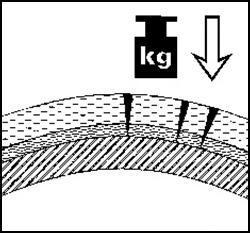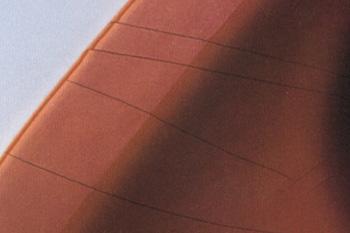Break or crack lines in the paint finish after mechanical stress. In severe cases the plastic may also crack. This problem is normally associated with soft flexible parts (e.g. PUR rear spoilers). The most common faults in painting plastics are: flaking of the entire paint build from the plastic substrate; crazing; pinhole marking.

CAUSES
- Insufficient or failure to use a flexible additive to the paint.
- Total paint thickness far too high.

HOW TO AVOID
1. The amount of flex additive added to the paint depends on the degree of flexibility required and whether the plastic is rigid (hard) or soft (flexible). Soft (spongy) plastics are usually PUR Foam (e.g. rear spoilers) and can be easily indented with the thumb. All other plastics are rigid (hard). In principle, the filler, solid topcoat or clear lacquer coats must be plasticised. Basecoats in a two coat system do not require flex additive.
- Hard/Rigid Plastics: Mix the paint with flex additive before adding hardener.
- Soft/Flexible Plastics: Mix the paint with flex additive before adding hardener.Note: First add the flex additive and then add hardener in the recommended mixing ratio.
2. Keep to the recommended film thickness.
REPAIR
Where possible, mechanically remove paint layers and re-paint, otherwise it is irrepairable. Do not use stripping agents as they may cause damage to synthetic parts !